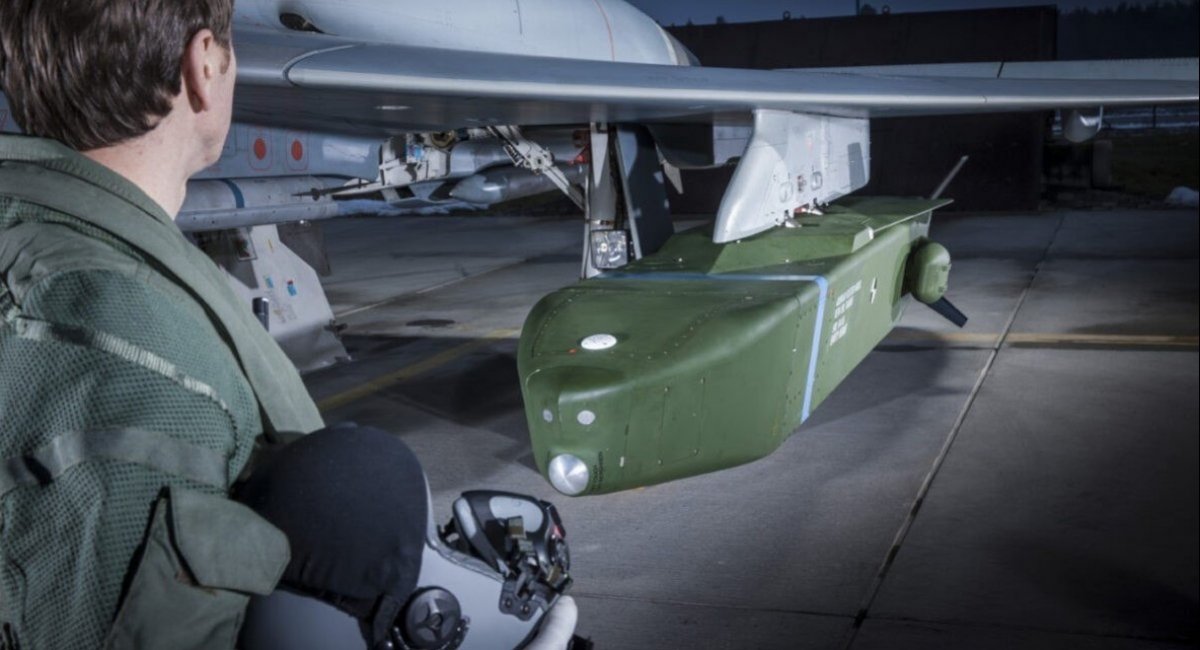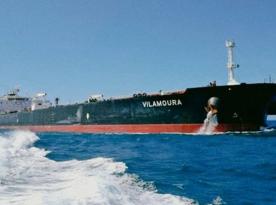The debate over whether to supply Taurus cruise missiles to Ukraine or not, has become an illustrative case, in many ways. It all started as discussions about "escalation," then reshaped into the assertion that it's "not a game changer," as a pretext to not give these missiles to Ukraine, although the real reason was obvious: too few of these missiles were actually in a combat-ready condition.
However, the pending decision regarding Taurus has become the quintessence of a dilemma facing Germany and the European Union in general, as outlined in a candid article by Soldat und Technik.
Read more: Europe is Strategically Losing if War in Ukraine Gets Frozen, German Analysts Explain

The authors stress that russia initiated preparations for prolonged positional warfare much earlier than is believed. In fact, the tipping point was when the russian federation initiated mobilization in September 2022, followed by the transition to the wartime economy and the establishment of sanctions circumvention mechanisms.
At the same time, the West was actively practicing the "salami" tactic, doling out aid to Ukraine in small doses, debating whether one weapon or another is too much of an escalation of war.
Ultimately, Ukraine still emerged as the winner in 2022 by thwarting the russian plans to capture the capital and regaining control of vast territories in the north and the major city of Kherson.
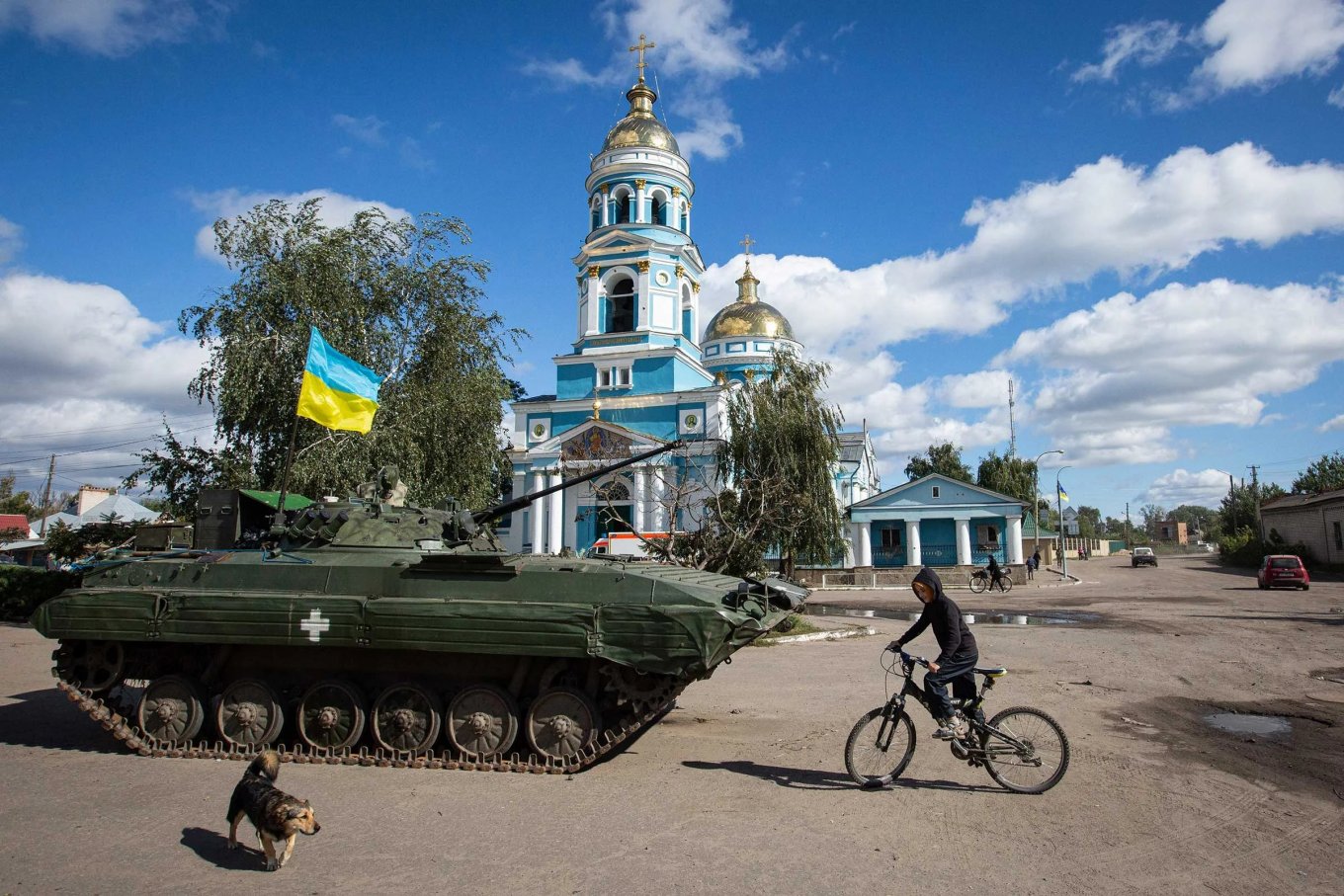
Still, the Kremlin adapted to Western weapons by 2023. Dosed support created "too many and too long 'breathers'" favoring russia. Meanwhile, the West and, first of all, European countries failed to prepare for a long war and attrition warfare, despite the numerous warnings by analysts.
The article describes an objectively fatal scenario, which is already raising alarms in Europe:
"The russian army could end up coming out of the war stronger than it went in. It would be completely modernized in terms of both doctrine and equipment, and the soldiers would be experienced in war. All supposed weaknesses would be eliminated and useless braids would be cut off, and the focus would be on what has proven itself on the battlefield. The "warm" production lines of the russian arms industry would also have the capacity to quickly replenish the empty depots or to cover further demand."
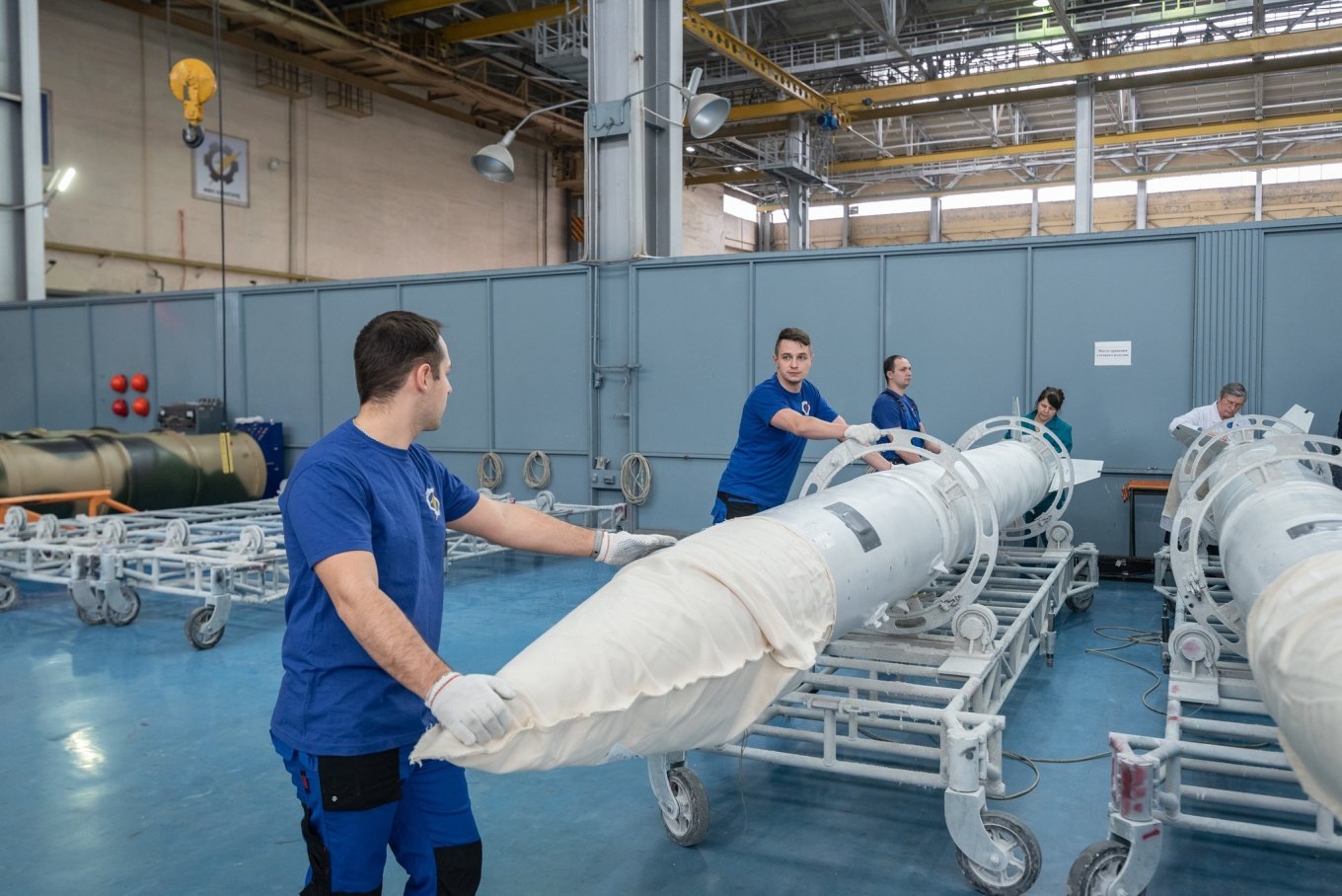
On a note from Defense Express, even with significant losses in weapons, especially among the new advanced types, one can still consider the russian army somewhat "modernized in terms of equipment" due to the sheer overwhelming advantage in the number of manpower and cheap mass-produced weapons.
And in contrast to this, the article continues, Europe will have empty warehouses and an absolutely incompetent defense due to completely failed plans for rearmament, training and increase of the armed forces. On top of that, the obvious biggest fear of the European segment of NATO is to be left without U.S. protection after the election of Trump.

Earlier Richard Barrons, ex-chief of the Joint Forces Command of the UK Armed Forces, asserted that expenses on European defense amount to 1 trillion euros yearly, with the U.S. contributing about 850 billion, as he was holding a speech at the Lucerne Dialogue forum in Switzerland this week.
The dilemma unfolds prominently in the case of Taurus, Germany's most powerful weapon of deterrence. With only a few hundred missiles in stock (official data) and no funds allocated for production renewal, the question arises: why risk this "trump card" and give it over to Ukraine?
Even though it is not clear if this "trump card" will have any influence, given its miserable quantity. If Germany ultimately decided to greenlight the supplies to Ukraine, it may find itself in a situation where it is left to fight without its most powerful weapon against the russian federation, fully prepared to attack Europe.
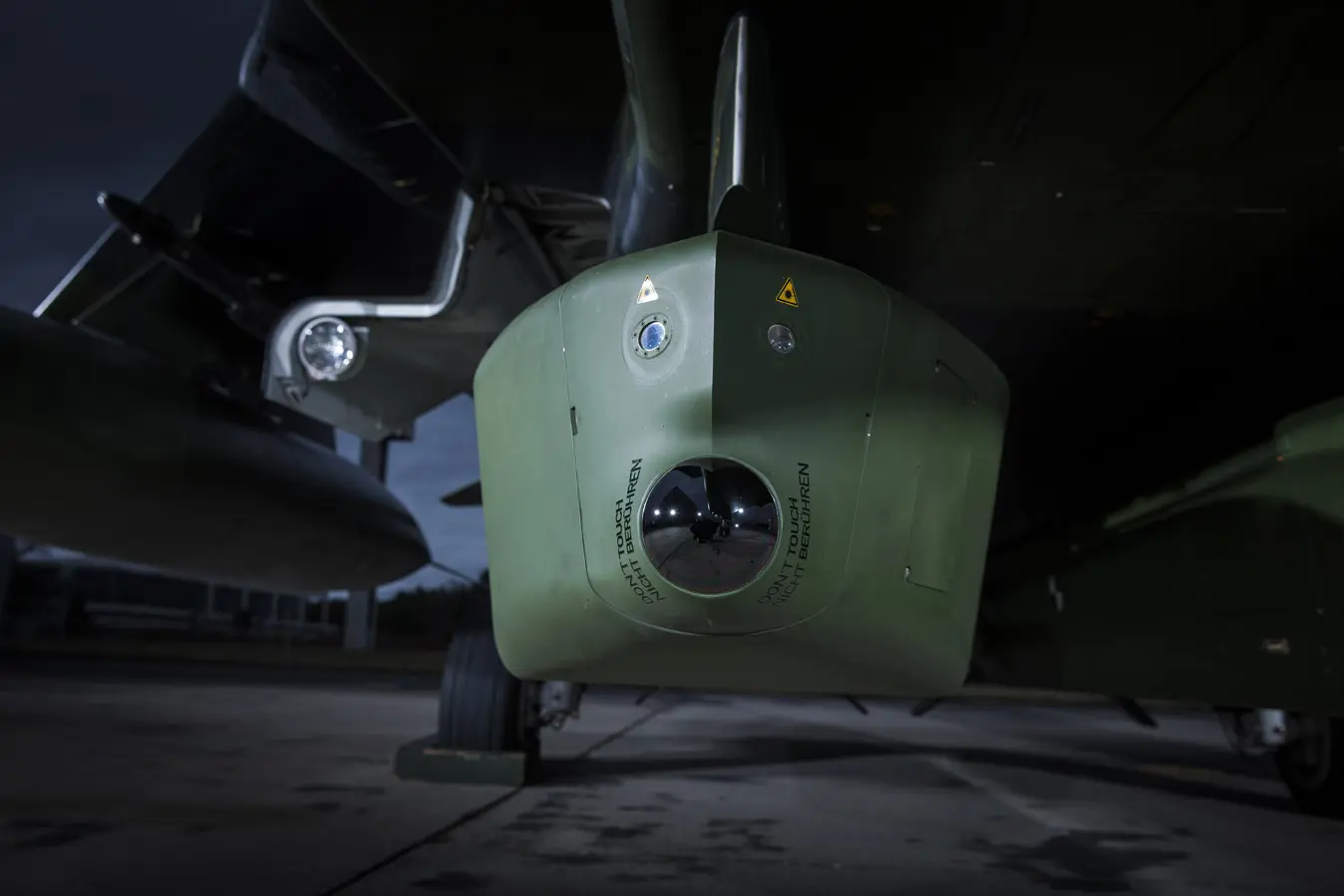
On the one hand, Berlin could resort to complete isolation and direct all resources to internal defense needs. Overlapping with Trump's coming to power in the U.S. the military support for Ukraine may plummet. That is without taking into account the threat of pro-russian or isolationist parties taking over the governments in EU countries.
On the other hand, the article suggests a possible solution. Provided that if Ukraine doesn't come out victorious in this war, all the aid provided was in vain, "European nations must immediately hand over all weapons systems that can be delivered, as soon as possible."

Although the success of this method is not guaranteed, it could still buy some time — the most valuable asset that is needed for Europe and Germany in particular to improve their own defense capabilities, and modernize the armed forces and industry.
And it should start immediately and on a comprehensive scale because "if this does not happen or happens too hesitantly, the worst-case scenario described above threatens [to become reality]."
On behalf of Defense Express, we can only add that Europe for some reason firmly believes that the russian federation cannot wage a positional war against Ukraine and simultaneously attack somewhere else, for example, Baltic states or Poland. This is a strategic mistake echoing historical errors from 1939 and 1941.
Read more: The Adaptation of Taurus Cruise Missiles for Ukrainian Su-24Ms Would Take 6 Months, For the F-16 1.5 Years, and There Are Other Important Details About This Missile




